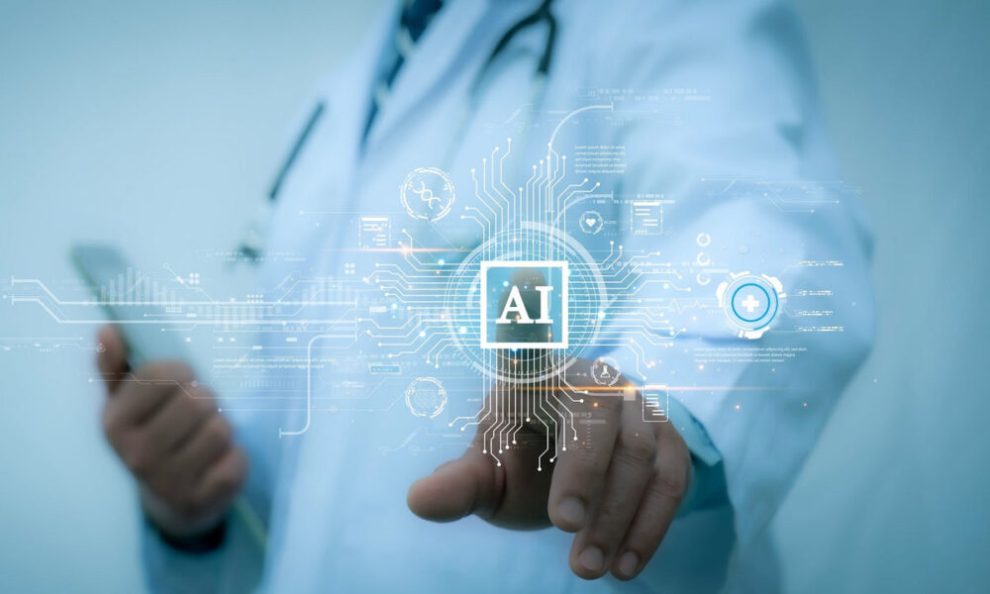The public sector is evolving remarkably as advanced technologies reshape how governments serve their citizens. This transformation represents a fundamental shift in how public services are conceived, delivered, and optimized for the modern era.
Innovative solutions for complex challenges
Modern governance faces increasingly complex challenges that traditional approaches struggle to address effectively. From managing vast amounts of data to predicting resource needs and streamlining administrative processes, integrating innovative technologies offers robust solutions that enhance government capabilities while improving citizen experiences.
Enhancing decision-making through data analytics
Data-driven governance enables more informed and effective policy decisions. Advanced analytics tools help process massive amounts of information, identifying patterns and trends that human analysis alone might miss. This capability allows government agencies to understand citizen needs better, allocate resources more efficiently, and respond quickly to emerging situations.
Streamlining administrative processes
Automating routine tasks and workflows represents a significant advancement in government operations. By implementing AI government solutions, agencies can reduce paperwork, eliminate redundant processes, and speed up service delivery. This modernization saves time and resources and reduces the likelihood of human error in critical administrative functions.
Improving citizen services and engagement
Smart technology implementation creates new channels for citizen interaction with government services. Digital platforms powered by advanced algorithms can provide 24/7 assistance, answer routine inquiries, and guide citizens through complex bureaucratic processes. This accessibility enhances public satisfaction and trust in government institutions.
Predictive analytics for better planning
Forward-looking governments are leveraging predictive analytics to anticipate future needs and challenges. These tools analyze historical data and current trends to forecast everything from infrastructure maintenance requirements to potential public health concerns, allowing for more proactive policy responses.
AI government solutions in public safety
Artificial intelligence applications are revolutionizing public safety and emergency response systems. From crime prevention to disaster management, innovative technologies help authorities better protect communities and respond more effectively to crises.
Ensuring privacy and security
As governments adopt more digital solutions, robust security measures become increasingly crucial. Modern technology implementations must balance innovation with strong data protection protocols to maintain public trust and protect sensitive information.
Infrastructure optimization
Smart sensors and monitoring systems help governments better manage public infrastructure. These technologies, from traffic flow optimization to utility management, enable more efficient resource allocation and maintenance scheduling.
Sustainable governance through technology
Environmental sustainability benefits enormously from the adoption of innovative technology. Advanced monitoring and management systems help governments track and reduce environmental impact while promoting sustainable practices across public services.
Implementation challenges
Successful digital transformation demands careful planning and execution. Governments must consider factors such as:
- Staff training and adaptation requirements
- Integration with existing systems
- Cost-benefit analysis of new technologies
- Change management strategies
- Accessibility for all citizens
Measuring success and impact
Evaluating the effectiveness of innovative technology implementations requires clear metrics and monitoring systems. Key performance indicators might include:
- Service delivery speed improvements
- Cost reductions in administrative processes
- Citizen satisfaction rates
- Error reduction in government operations
- Resource utilization efficiency
Building digital competency
Developing the necessary skills within government workforces is crucial for successful technology adoption. This includes:
- Regular training programs
- Technical skill development
- Digital literacy initiatives
- Change management support
- Continuous learning opportunities
The success of digital transformation in government services relies heavily on selecting appropriate technologies, ensuring proper implementation, and maintaining strong security measures. As these systems evolve, governments must remain committed to updating and improving their digital capabilities while ensuring all citizens can access and benefit from these enhanced services.








